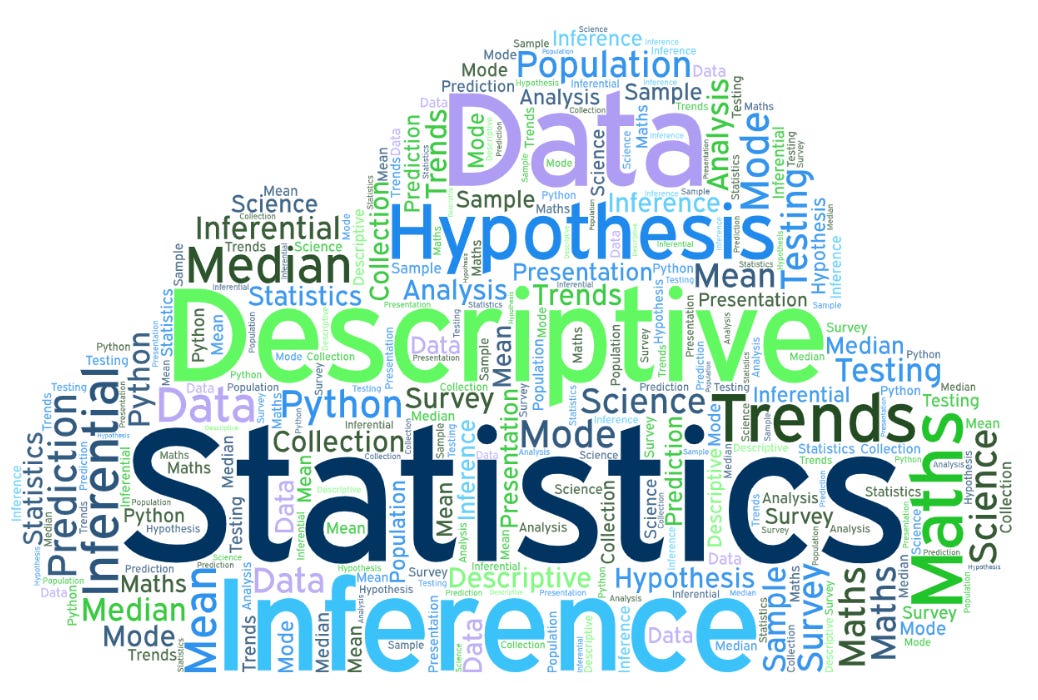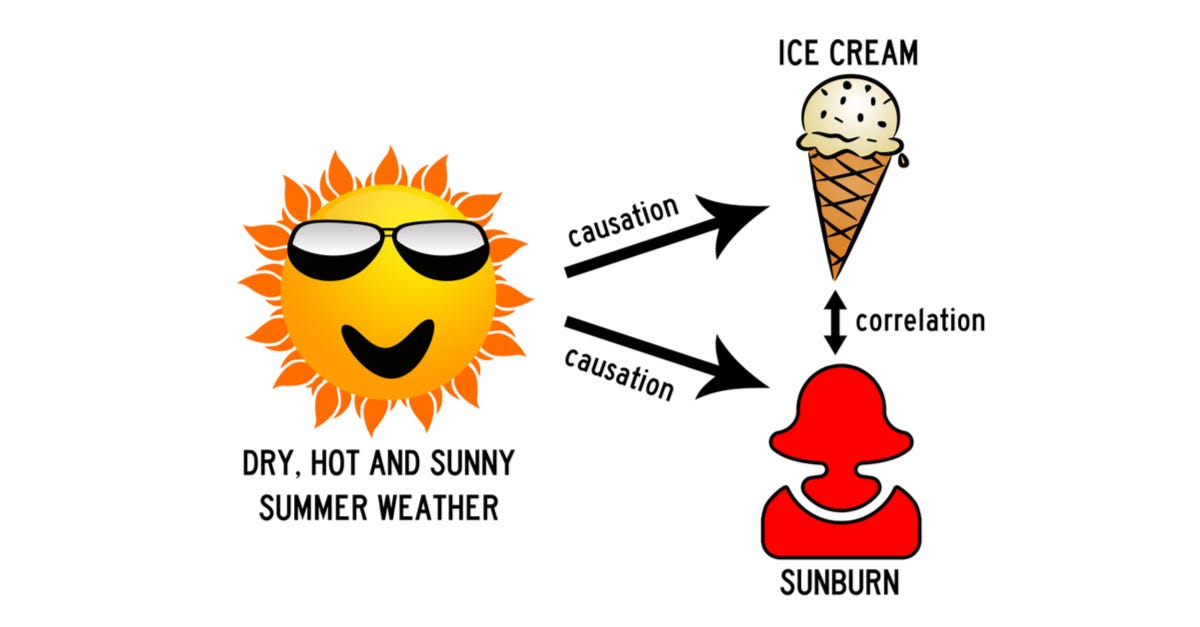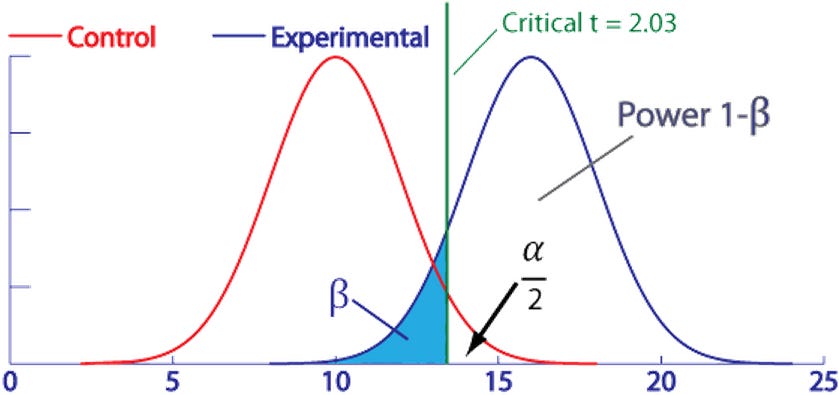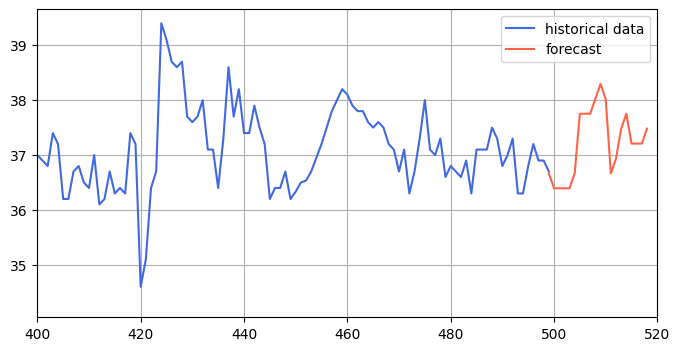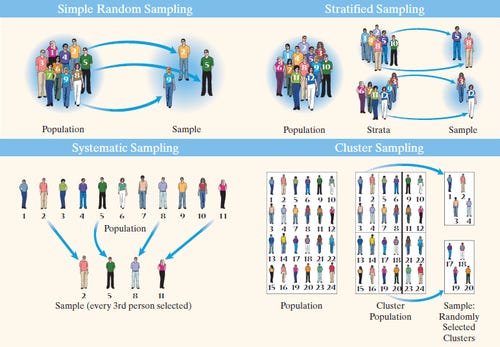Image: Suraj Gurav
Welcome to the final installment of our three-part series on statistics for data science. I'm excited to continue this series alongside my colleague Vaishali, a brilliant Senior Data Scientist at USAA who brings valuable insights from her previous roles at Amazon and LendingTree.
In Part 1 and Part 2, we built a strong foundation in basic and intermediate statistics. Now in Part 3, we’ll explore even more powerful techniques that help companies move from just observing and testing to modeling, forecasting, and optimizing decisions in the real world.
I. Relationships Between Variables
Understanding how different factors interact is key to better predictions and smarter actions.
1. Regression Analysis
Image: Nilimesh Halder
Definition:
Regression shows the relationship between one variable (like sales) and one or more other variables (like marketing spend, season, or website traffic).
Simple Explanation:
It helps you predict one thing based on another.
Real-World Example:
Uber uses regression analysis to predict ride demand based on factors like time of day, weather, and special events. This helps optimize driver availability and pricing.
2. Correlation vs Causation
Image: Luke Worthington
Definition:
Correlation means two things move together. Causation means one thing actually causes the other.
Simple Explanation:
Just because two things happen together doesn’t mean one caused the other.
Real-World Example:
YouTube might notice that videos with longer watch times also have more comments (correlation). But they need more analysis to know if longer videos cause more comments, or if other factors (like content quality) are involved.
II. Handling Uncertainty and Risk
In real-world decisions, outcomes are never 100% certain. Good businesses plan for that.
3. Margin of Error
Image: Data36
Definition:
The range within which the true value is expected to fall, to account for sampling uncertainty.
Simple Explanation:
A cushion around a number to show it’s just an estimate, not exact.
Real-World Example:
T-Mobile might report that 78% of customers are satisfied, ±3%. That means true satisfaction could be between 75% and 81%.
4. Statistical Power
Image: Ayushman Mathur
Definition:
The ability of a test to detect a real effect when there is one.
Simple Explanation:
It shows how good your test is at finding real differences instead of missing them.
Real-World Example:
Netflix ensures their A/B tests have high statistical power. If a test is too weak, they might miss real improvements to the user experience.
III. Practical Business Modeling
Building simple models helps companies predict the future and make better bets.
5. Time Series Analysis
Image: Eivind Kjosbakken
Definition:
Analyzing data points collected over time to find patterns like trends or seasonality.
Simple Explanation:
It’s about spotting how things change over time and predicting what’s next.
Real-World Example:
Amazon uses time series forecasting to predict future product demand based on seasonality (like spikes during holidays) and trends (like growing interest in smart home products).
6. Sampling Methods
Image: Quizlet
Definition:
Techniques for selecting a part of a population to represent the whole.
Simple Explanation:
Instead of checking everyone, you check a smaller group that still gives a good idea of the bigger picture.
Real-World Example:
DoorDash surveys a sample of delivery drivers to understand satisfaction and identify improvements without needing to ask every single driver.
Key Takeaways
Regression predicts outcomes based on relationships between variables.
Correlation and causation are not the same; always investigate deeper.
Margin of error reminds you that every number has uncertainty.
Statistical power makes sure your tests are strong enough to detect real changes.
Time series analysis and sampling methods are critical for forecasting and fast decision-making.
By mastering these advanced concepts, you’ll be ready not just to understand data but to predict, optimize, and strategically guide businesses toward smarter growth.
Best of luck for everything!
- Sai Bysani, a fellow Hustler!
Keep grinding, keep growing,
The Data Hustle.




